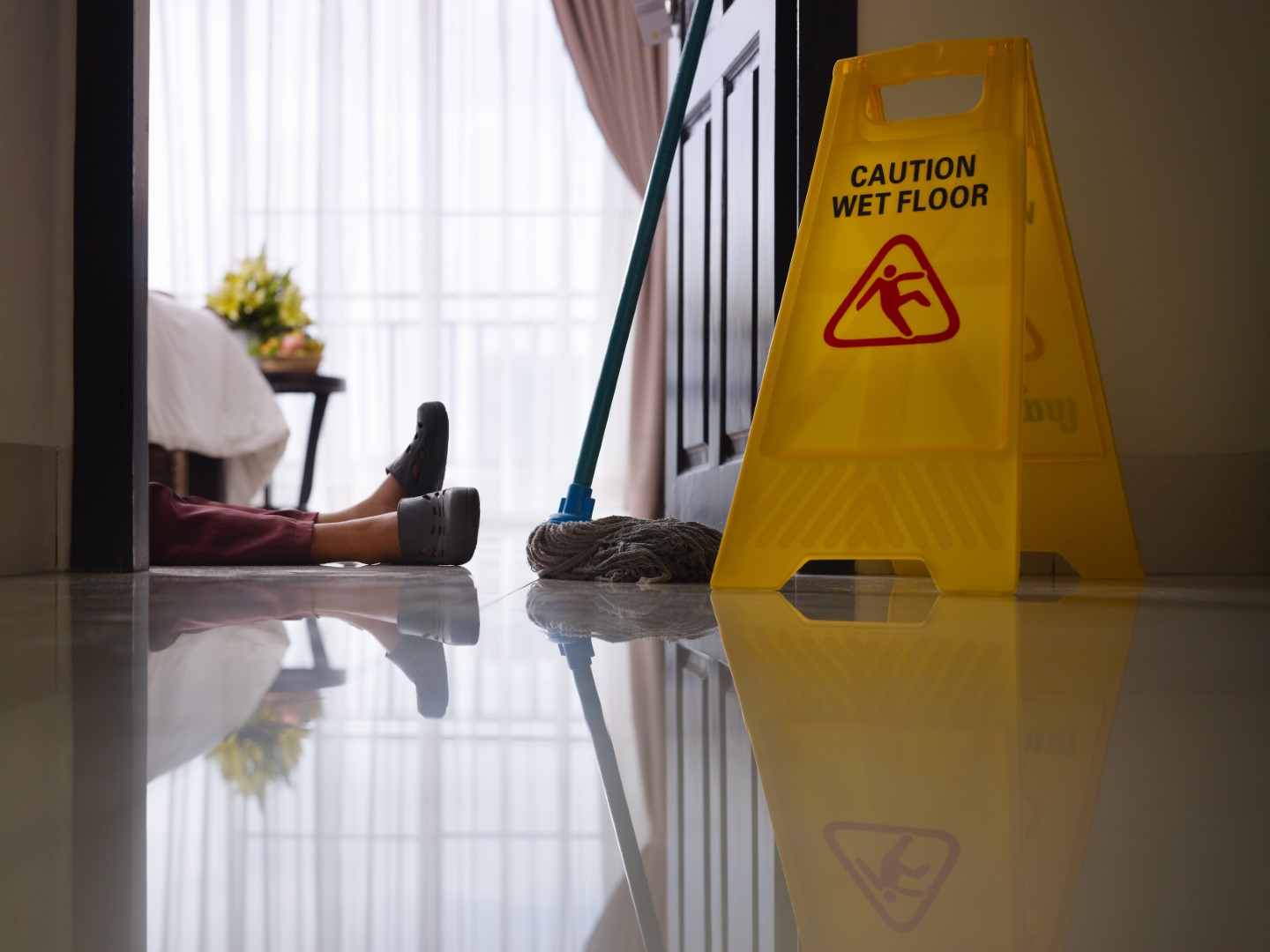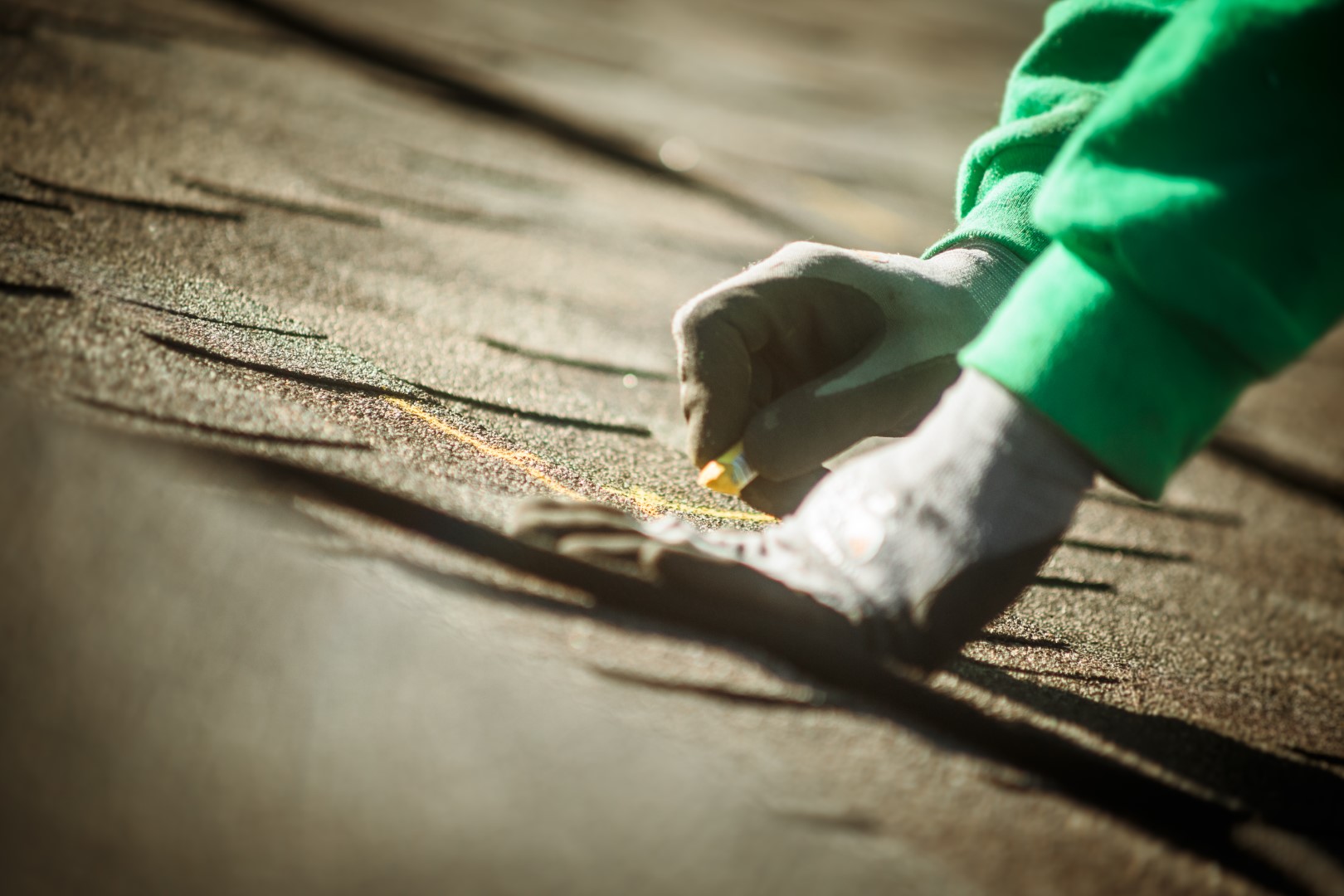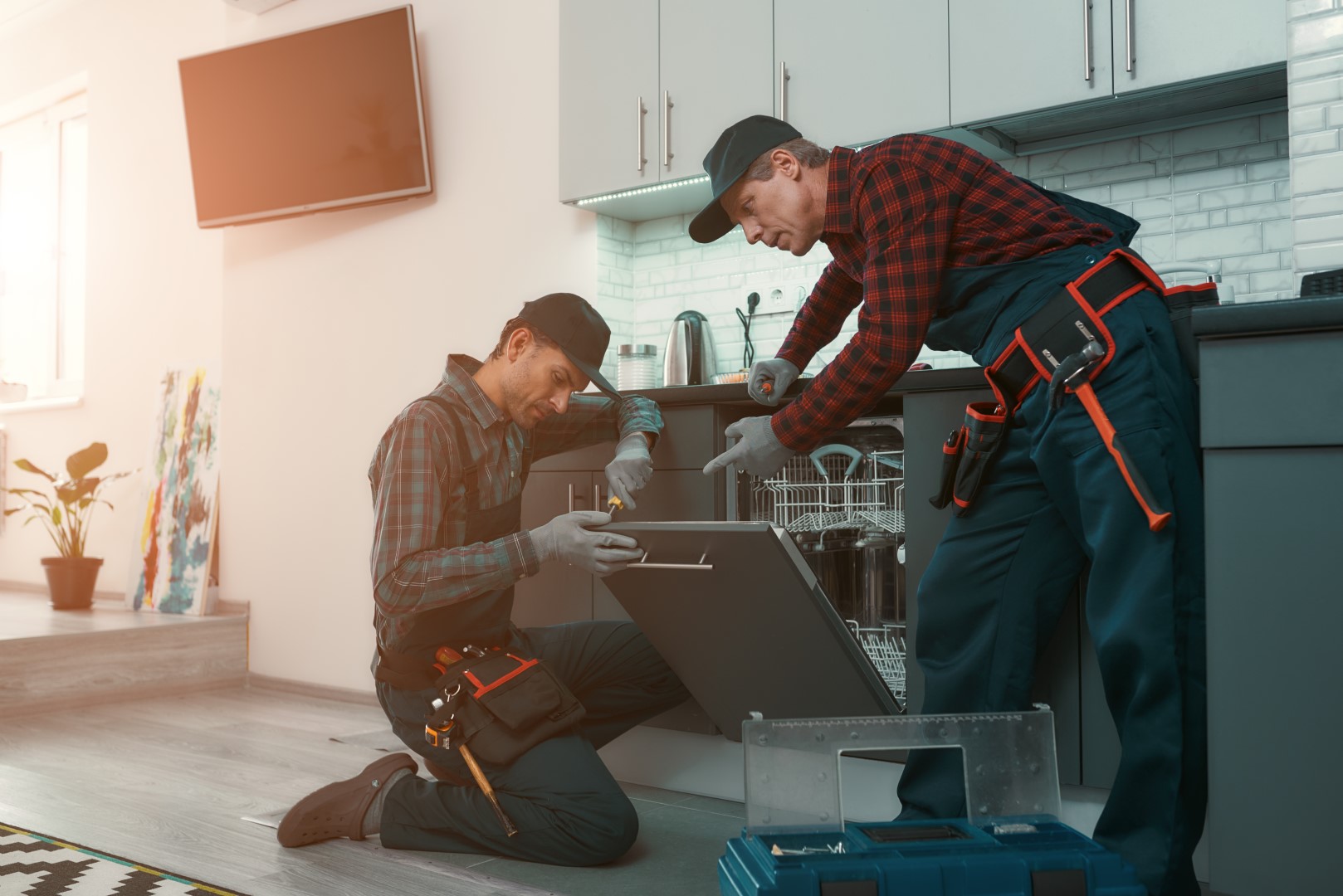The roof is vital to any building. It shields the interior from weather elements and upholds structural integrity. Given this critical importance, proactive roof maintenance is essential to maximize performance and longevity.
Regularly inspecting and servicing your roof allows you to detect issues early and stop them from escalating into costly repairs or complete replacements. You can implement a tailored roof care plan suited to your specific climate and materials.
With that said, here are eight maintenance tips to extend your roof’s lifespan:
1. Consider Professional Maintenance And Repairs
Although you can conduct minor maintenance like clearing debris, consider hiring professionals for complex repairs or replacements. Licensed roofers have specialized expertise and equipment the average homeowner lacks.
For instance, damaged shingles on a steeply sloped roof may be dangerous for amateurs to replace. Professionals have harnesses and roof jacks to maneuver on precarious pitches safely.
Experts also know building codes and material requirements for your roof and climate. They can ensure all work meets regulations, manufacturer specifications, and warranty terms. Attempting repairs by yourself using the wrong materials or techniques can jeopardize your roof’s performance and eligibility for repair claims.
The good thing is that you can easily find this expertise online. For instance, if you live in Wisconsin, you can quickly search the internet for a reputable roofing company around Wisconsin. You can also request referrals from other homeowners, friends, or family.
2. Clean Gutters And Downspouts
Clogged gutters are a roof’s worst enemy. This is because they cause water overflow and moisture buildup. Leaves, twigs, and other debris constantly fall into gutters, obstructing water flow. This leads to accumulation along the roofline or spillover along the fascia. The excess trapped moisture can infiltrate the roof decking or leak into the home’s walls and foundation. Over time, it spawns rot, mold, and structural issues.
Prevention is key. Thoroughly clean all gutters and downspouts bi-annually, especially if surrounding trees shed debris onto your roof. Use a gutter scoop or gloved hands to remove debris. Then, flush gutters with a hose to clear residual gunk. Ensure downspouts are also clean to allow water to drain fully from the house.
3. Address Water Stains And Leaks Immediately
Don’t ignore signs of an interior leak; water stains and damage require immediate response. If you don’t repair them, minor roof leaks could become irreversible water ingress, leading to pervasive rot, mold, and collapse. So, look out for red flags like peeling paint or plaster, new stains on walls or ceilings, and warped or discolored areas. These suggest water is breaching the roof envelope.
Promptly investigate the origin when you spot these clues. Look for moisture around roof penetrations like chimneys, skylights, vents, seams, and edges.
Once identified, take corrective action right away. For minor leaks, reinforce deteriorated flashings or reseal openings. More severe leaks may necessitate professional repair of damaged shingles, underlayment, and sheathing.

4. Conduct Regular Inspections
Regular roof inspections are crucial for catching issues before they escalate. Experts recommend inspecting at least bi-annually each spring and fall. This lets you spot problems like damaged or loose shingles, deteriorated flashing, or leaks early.
Look for warped, cracked, or missing shingles, especially in areas like eaves, ridges, and valleys where problems often emerge. Inspect flashings around chimneys, vents, and skylights for cracking or loosening. Also, check places where water might pool after rainfall. Any signs of interior water damage suggest an exterior roof leak.
Additionally, inspect immediately after intense weather like hailstorms, heavy snow, or wind. Storms can dislodge shingles and flashing or cause hidden damage not visible from the exterior.
5. Trim Overhanging Branches
Tree branches extending over the roof may seem harmless, but they jeopardize your roof’s health in several ways. First, abrasion from branches blowing in the wind can slowly scrape and puncture shingles. This grants moisture an entry point into vulnerable areas like underlayments.
Overhanging branches dump leaves, needles, and twigs directly onto your roof, clogging gutters and accumulating decaying organic matter. Additionally, unsupported branches may crash down during storms, sometimes taking shingles or flashing with them.
Trim limbs touching or hovering over the roof surface to eliminate these risks. Annually assess trees around your home. Strategically lop off overextended branches, aiming for at least five feet of clearance from the roof perimeter. Proactively removing encroaching growth preserves your roof by keeping abrasion, debris, and possible storm damage at bay.
6. Insulate And Ventilate The Attic
A poorly ventilated attic bakes your roof from below, leading to premature failure. Heat buildup causes roof materials to deteriorate and shrink faster. Trapped moisture damages shingles, decking, and rafters while promoting mold growth. Ensuring proper attic ventilation and insulation prevents this.
First, install sufficient insulation like fiberglass batts to code recommendations for your region. Proper insulation levels keep attic temperatures moderated. Second, ventilate the attic space with gable end vents, turbine roof vents, and soffit vents. These create airflow, which carries damaging heat and moisture before impacting your roof.
Additionally, check your attic annually to ensure vents remain clear. Inspect insulation levels and add more if needed, especially after renovations that alter the attic space. Proper attic insulation and ventilation are a roof’s first line of defense against temperature and moisture damage from below.
7. Remove Moss And Algae
Moss and algae thrive in the damp, shaded areas of aging roofs, slowly damaging shingles. These tenacious plant growths absorb moisture and debris, creating a fertile bed atop your roof. As they multiply, their root structures wedge into shingles, deteriorating the protective granule surface and lifting tabs. This grants water access to the vulnerable underlayments.
So, remove moss and algae before infestations take hold. Carefully apply moss-killer solutions like bleach or zinc sulfate mixed with water. Avoid excessive saturation that could seep under shingles. Wear protective equipment while scrubbing growths away. However, you should hire professionals to blast surfaces with specialized chemicals and tools for advanced infestations.
8. Know The Age Of Your Roof
Knowing your roof’s age provides critical context on its condition. It also helps you determine the extent to which the roof lasts. Most roofing materials last 15-30 years before replacement is needed. Asphalt shingles take an average of 20-25 years, metal roofs go for 30-50 years, and slate/concrete tiles hit 50-70+ years.
If your roof nears its expected lifespan, plan for more hands-on care and replace components soon. Check your purchase paperwork for the installation date. If unknown, inspect the roof and research the material type to estimate the age. Also note additions, repairs, or replacements over the years. Compare the current condition to reasonable wear-and-tear for that age and material.
This informs maintenance needs and budgets. A newer roof may need basic upkeep, while an older one requires vigilant inspections and preemptive repairs. Knowing the age sets realistic expectations for its performance capabilities as deterioration progresses.
Conclusion
Proactive maintenance is vital to maximizing your roof’s lifespan and performance. Equipped with these core concepts, you can implement a tailored roof care plan suited to your specific climate and materials.
With some basic DIY or professional maintenance and attention, your roof will provide lasting protection and enhance your home’s value. Don’t leave your roof’s well-being to chance!
Discover more from Futurist Architecture
Subscribe to get the latest posts sent to your email.




